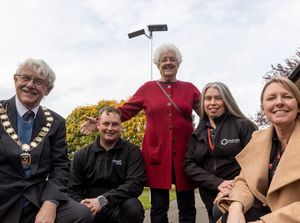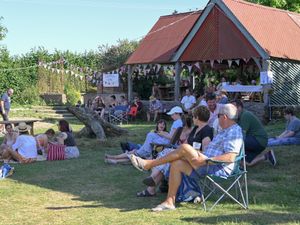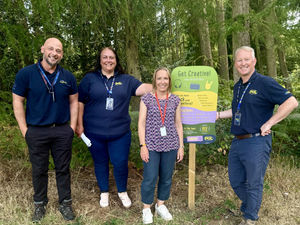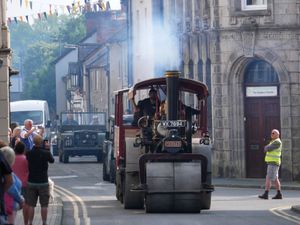Telford park gets solar-powered lighting as part of £1 million investment programme
Solar-powered street lighting has been unveiled in a Telford park as part of a £1 million investment programme.

Telford & Wrekin Council has installed a series of ‘next generation’ solar-powered street lights along paths running through Hartshill Park, Oakengates.
Officers say it is part of the council's 'Pride in our Parks' programme and Councillor Stephen Reynolds, said: "I’m thrilled we’ve been able to install this new technology in Hartshill Park.
Councillor Carolyn Healy, cabinet member for climate change, green spaces, natural and historic environment and cultural services, added: “As a council, we’re committed to maintaining and enhancing Telford and Wrekin’s wonderful parks and green spaces as part of our vision to protect, care and invest to create a better borough.
"In Hartshill Park you can see that vision in action. We’re protecting native wildlife and supporting biodiversity through our wildflower areas and meadow-cut policy and by introducing these new street lights that reduce light pollution."
She added: “We’re caring about the needs of our residents, making the space feel safer and brighter for people walking in the park after dark.
“And we’re investing in sustainability to deliver these benefits, with solar-powered street lights joining the eye-catching and well-used recycling bins we previously installed in the park.
“Our residents cherish their local parks and green spaces. They want them to be clean, safe and filled with thriving wildlife, and we are on their side.”
The street lights harness energy from the sun to generate electricity, ready to power energy-saving LED bulbs when it gets dark, with any excess power stored in batteries.
To reduce the street lights’ impact on the natural environment, they are fitted with motion sensors, enabling them to only fully light up when people are passing, before returning to a dimmed level, helping to reduce light pollution.





